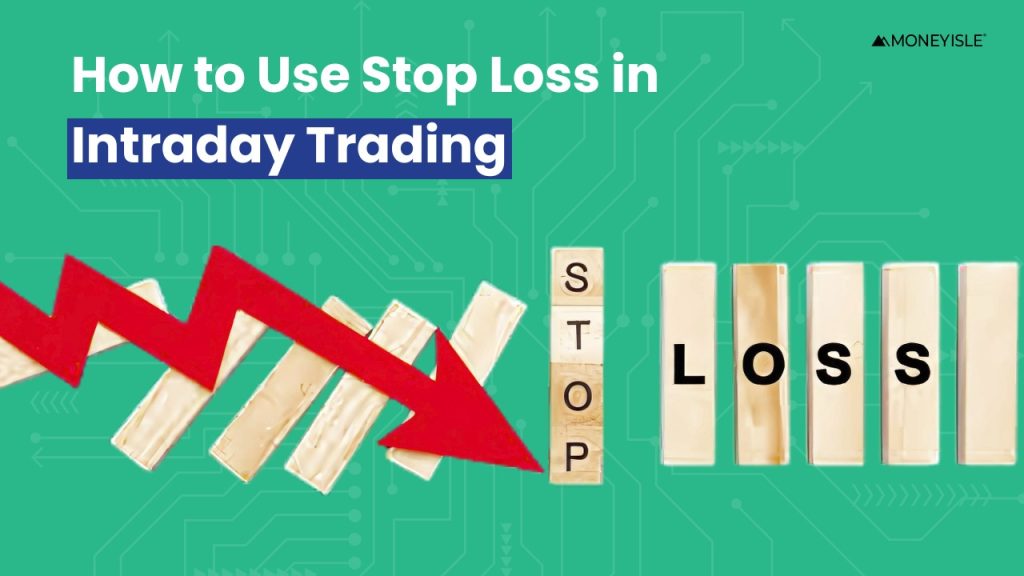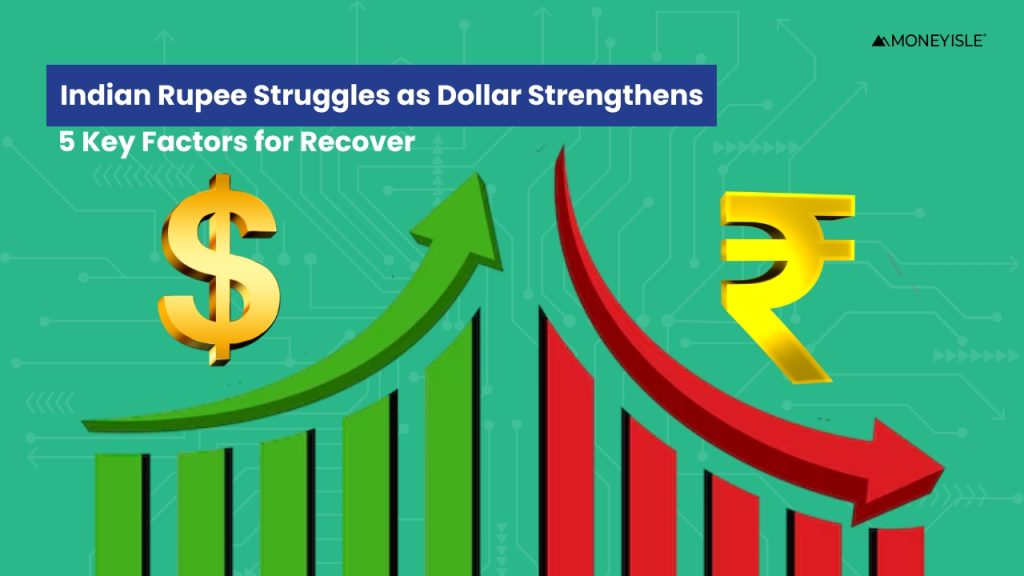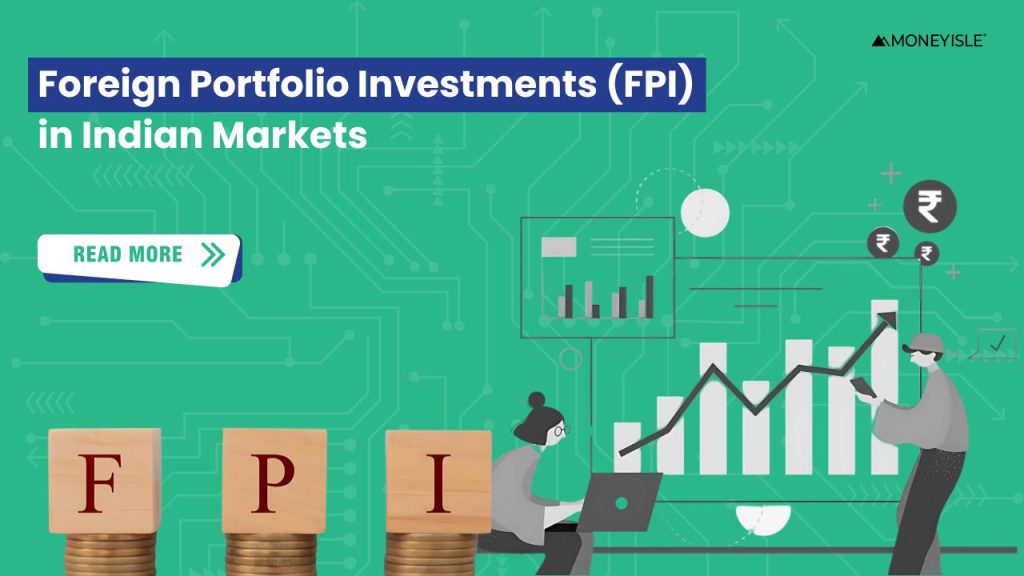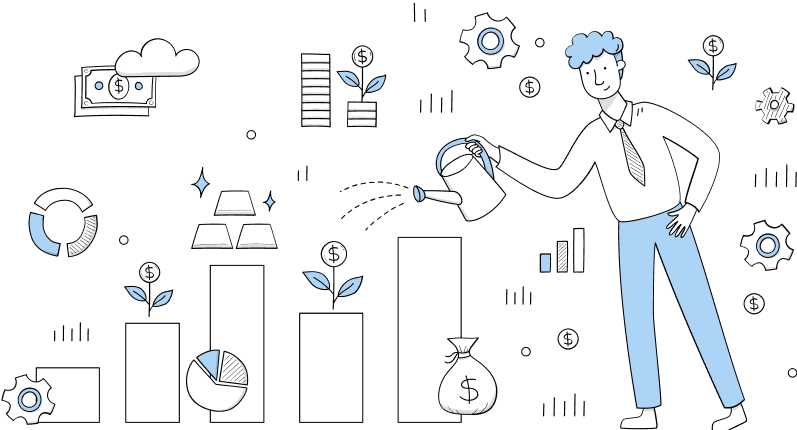“The thought of being rich is more expensive than anything else”
Remember when our parents used to give us pocket money that we had to live off for the entire month? In fact, there were times when we got a little extra and we used to be on top of the world.
Fast forward to now, most of us are either in the academic or the corporate sector, dealing with the bills we have to pay every month.
But wait, we have credit cards, right? These credit cards are now meant for everybody over the age of 18 and can allow you a lot of credit limits, sometimes even up to ₹30,000.
So what’s the problem?
The problem is that this credit line is open for everybody that wants to start living with the thought of ‘having money’. This means that even the students that don’t have any expenses other than tuition fees also are eligible to sign up for a credit card service and get some money.
You know, for emergency purposes, nothing else!
But when these emergencies turn into habits, nobody knows.
Teenager-friendly credit cards like Slice Pay and One Card right now offer up to ₹45,000 for students that they can use anytime. How it works is that you submit documents like your aadhaar, and college identity cards.
With this information, you are allowed a personalized credit card with a loan to your name. These cards have a certain amount limit that you can spend and worry about it the next month.
Not a problem, right?
Well, the thing is that these cards offer EMI-based payments that you have to pay the next month. If you are paying the entire amount you spent in a month at once, usually, no charges are levied. But if you decide to convert your amount to EMIs, an interest rate of anywhere up to 12% of the amount could be charged each month.
This puts every student in credit card debt which is completely uncalled for. The thing is that when a student, who’s new to repayments, EMIs, and credit scores, finds something to buy and knows that he/she has the means to buy it (via this credit card), they decide to make the purchase with the thought that next month, they just have to pay a half of it back.
This puts the notion in the minds of these students that they are wise with their money. The truth however is that it is somehow introducing these students to credit card debts, late repayments fees, and a lower credit score, impacting their long-term financial health.
The worst part is that these credit lines are constantly updating their repayment terms, which instead is putting new regulations in front of these students that have no idea about them.
So what do you think of this story? Start investing with us at MoneyIsle. Also, you can check out our previous newsletters here.











